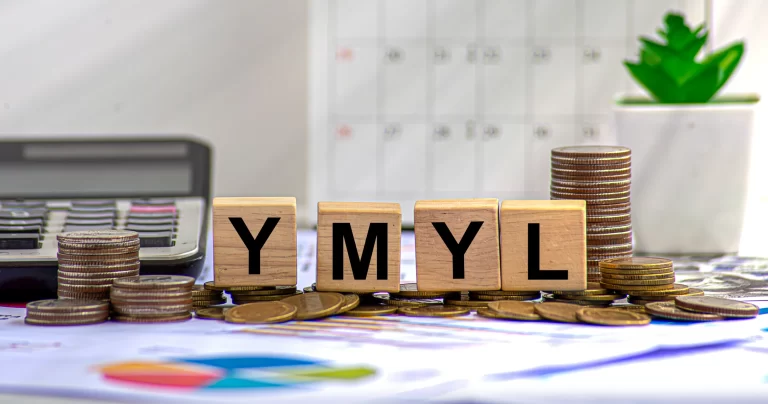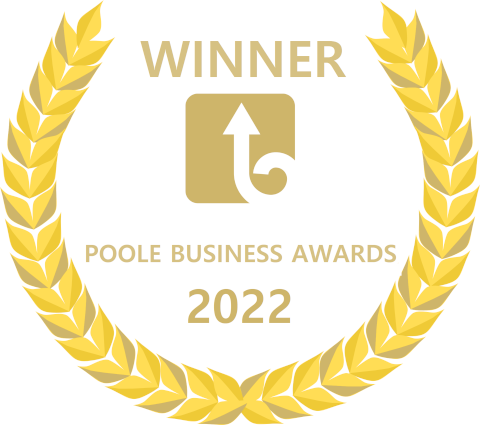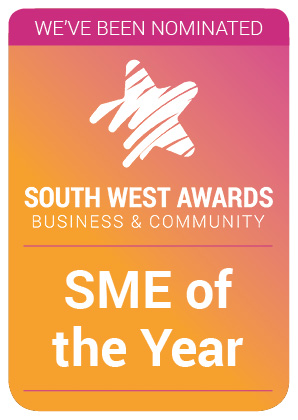Get Ahead with These High-Converting Tactics
You’ve launched your store. You’ve tested some ads. Maybe even dabbled in email marketing.
The trouble is, your eCommerce sales are patchy, your traffic is inconsistent, and scaling feels harder than it should. The good news is, you’re not alone, and you’re not the problem; your competition is. According to the Office for National Statistics (ONS), online sales accounted for 26.9% of all retail sales in the UK as of late 2024. That’s more than double pre-pandemic levels in 2019.
However, consumer expectations are rising, and attention spans are becoming increasingly shorter. So, just having a great product isn’t enough anymore.
To grow your online store in 2025, you need sharp, performance-led marketing strategies. The kind that’s grounded in insight, performance data, and channels that drive a return on investment (ROI). So, if you want a plan that’s built for results, not just reach, speak to our eCommerce marketing specialists today.
Otherwise, stay tuned for our five proven marketing strategies to grow your e-commerce site.
1. Master Paid Social Advertising That Converts
Paid social is still one of the fastest ways to drive traffic and sales, but only if you approach it smartly. In 2025, Meta, TikTok, and Pinterest are leading platforms for e-commerce. But the real winners aren’t those with the biggest budgets. It’s the ones who have the best targeting and creativity at play.
At b4b, we support brands in running campaigns that drive conversions. And we combine product storytelling with insights from actual user behaviour to achieve this.
Here’s what’s working now:
- UGC-style creative outperforms polished studio content across TikTok and Instagram Reels.
- Dynamic product ads (DPAs) display your products to users based on their online activities and preferences.
- Creator partnerships build trust faster than traditional ads. Micro-influencers with niche followings often drive higher ROI than celebrities.
According to Shopify, brands that used UGC-style ads on TikTok saw conversion rates up to three times higher than those with static ads.
Tip: Focus on mobile-first, scroll-stopping visuals. You’ve got two seconds max to capture attention!
2. Email Marketing & Personalised Automation
Email might be one of the oldest digital channels, but it remains the highest ROI strategy in the e-commerce toolkit. When done right, email marketing nurtures customer relationships. It can recover abandoned baskets and turn one-time buyers into loyal brand advocates.
But what separates average stores from high-growth e-commerce brands in 2025? Precision and personalisation.
Here’s how to make it work:
- Segment your audience by behaviour, not just demographics. Look at their purchase history, on-site activity, or loyalty status.
- Automated flows, such as welcome series, post-purchase emails, and abandoned cart nudges, take care of the work while you sleep.
- Personalised product recommendations may raise open rates by over 37%, according to the Klaviyo Email Benchmark Report.
Brands using abandoned cart flows recover up to 3.3% of lost sales, according to Shopify data. That’s revenue most businesses are leaving on the table. Want help setting up performance-led automation? Let’s talk.
Tip: Test everything. Subject lines, CTA buttons, send times, etc., small tweaks compound over time.
3. SEO & Content Marketing That Converts
If paid traffic is your sprint, SEO is your marathon. And in 2025, you can’t afford to neglect either. A well-structured SEO strategy builds organic visibility, credibility, and long-term profitability. However, far too many e-commerce sites solely focus on keywords and overlook user experience, or worse, treat SEO as a one-time task.
At b4b, we focus on strategies that grow search traffic and sales, including:
- Optimising product pages for high-intent keywords, schema markup, and voice search queries.
- Create conversion-focused content, such as comparison guides (“X vs Y”), buyer’s guides, and FAQs that target PAA questions.
- Internal linking from blog posts to product pages enhances relevance and crawl depth.
While on the subject of SEO, a Think with Google study found that 53% of mobile users abandon sites that take longer than 3 seconds to load. For this very reason, page speed shouldn’t be considered solely in terms of UX, as it’s also a ranking factor.
Tip: Combine blog content with shoppable links or embedded product carousels to shorten the journey from idea to checkout.
4. Influencer & Affiliate Partnerships
Your business operates in an era of ad fatigue where trust is the new currency, and creators are your most valuable asset. However, influencer and affiliate partnerships allow e-commerce brands to tap into existing audiences.
At b4b, we recommend focusing on:
- Micro-influencers (10k–50k followers): They often have higher engagement rates than mega accounts.
- Affiliate marketers: Bloggers, customers, or creators who earn a commission per sale. Great for long-tail content and SEO.
- Trackable links and codes to measure conversions with absolute clarity.
Platforms like TikTok and Instagram now have in-app checkout and creator tools. This makes it easier than ever to go from content to purchase. That said, the Competition and Markets Authority (CMA) in the UK is monitoring the disclosure of paid endorsements on social media. They warn that posts not in line with the rules may be subject to legal action.
However, properly disclosed, performance-led partnerships are more fruitful than ever. According to HubSpot, over 80% of marketers say influencer marketing is effective. Yet many fail to scale it because they lack a system. We help our clients identify, onboard, and brief creators who align with their brand and drive real sales, not just vanity likes.
Need help finding the right creators? Our social media team can help.
5. Conversion Rate Optimisation (CRO) & UX Enhancements
You’ve done the hard work to get people to your store; now your site has to seal the deal. But what if your e-commerce store isn’t converting traffic into sales? If that’s the case, then sadly, no marketing strategy will deliver sustainable growth. CRO is about making your site easier to navigate, faster to load, and more persuasive to buy from.
Start with these fundamentals:
- Mobile-first design: According to Ofcom, 74% of UK adults use a smartphone to access the internet. This makes mobile-first e-commerce optimisation a business-critical priority.
- Clear CTAs and trust signals: Think secure checkout experiences, product reviews, and returns info. The 2024 Cyber Security Breaches Survey from GOV.UK shows that 50% of small businesses in the UK faced a cybersecurity breach or attack last year.
- A/B testing: Try different headlines, product images, checkout flows, and more to optimise your results. Changes give us a steady flow of real data to analyse.
- Live chat and FAQ schema: These help answer objections and increase conversion rates.
Tip: If your checkout process is slow, clunky, or confusing, your best ads and emails won’t perform as well. Optimise the end-to-end journey, and not just the traffic drivers!
It’s Time to Build a Strategy That Sells
To grow an e-commerce business in 2025, you need more than clever marketing. You need a connected strategy, a smooth user journey, and a website that converts.
We’ve covered 5 proven e-commerce marketing strategies:
- Paid social campaigns that cut through the noise
- Email flows that nurture, convert, and re-engage
- SEO and content designed to drive organic sales
- Influencer and affiliate partnerships that scale your reach
- CRO and UX enhancements that turn visits into value
But here’s the reality: none of these work in isolation. Real growth happens when your marketing, website, and customer experience are aligned. That’s where we come in.
At b4b, our campaigns are more akin to thriving e-commerce ecosystems. We’re a Dorset-based team that handles everything from e-commerce web design to custom Magento builds. Together, we’ll create a store that looks great and performs well. Want a strategy tailored to how your customers shop? Let’s make something built for growth.
Call 01202 684400 or contact our marketing team about our results-driven e-commerce marketing services today.











